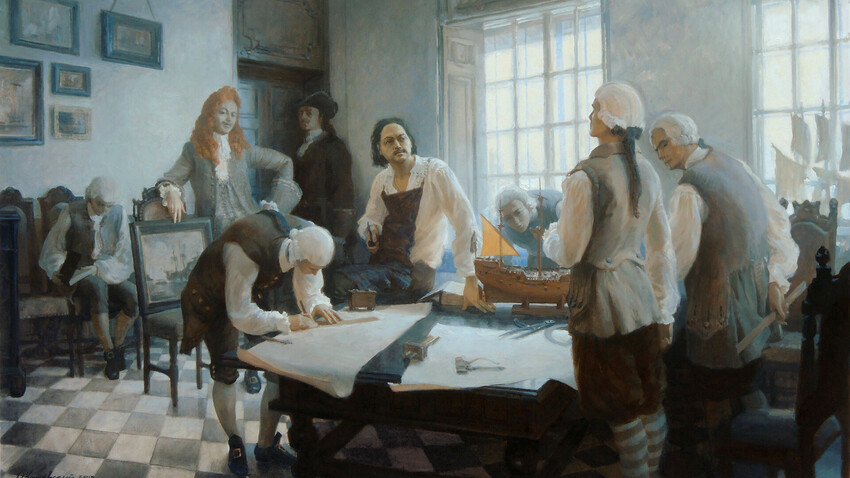
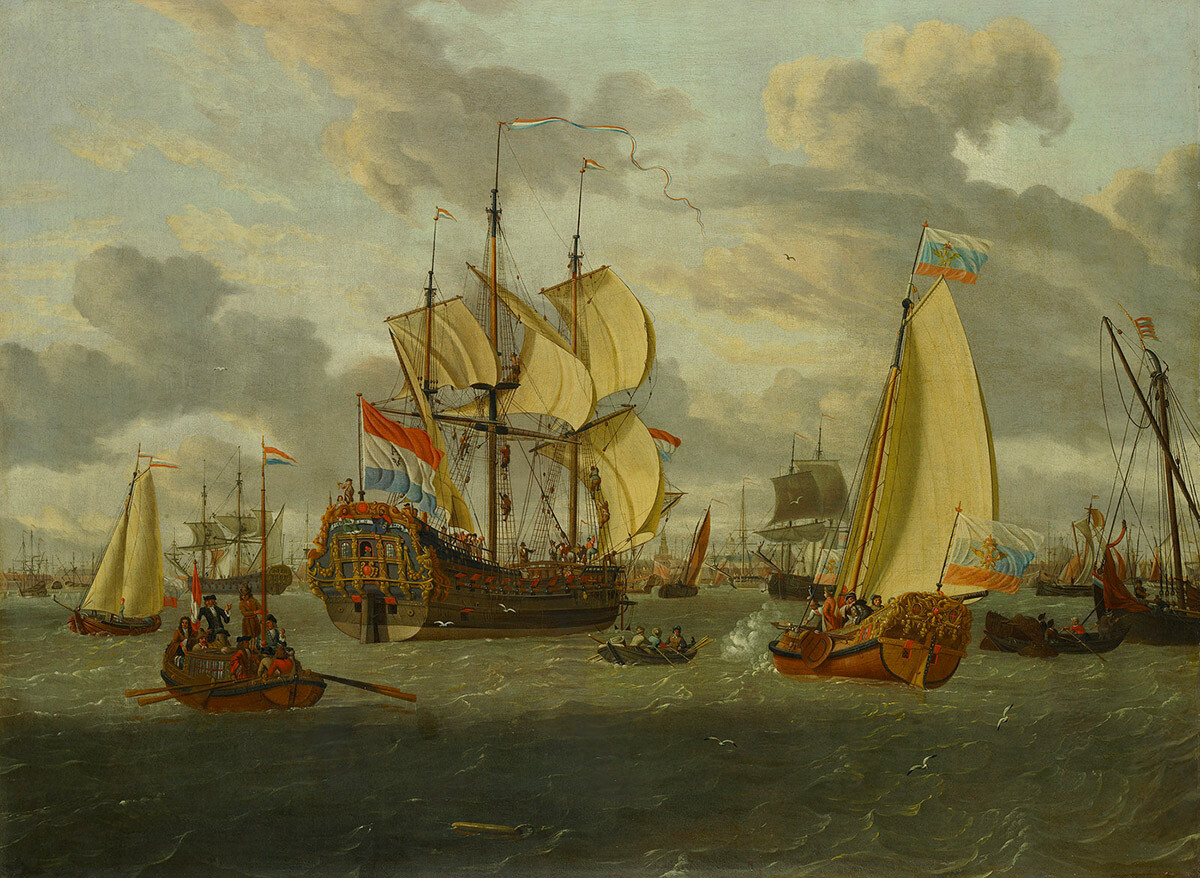
Noble families could not turn away from the ideas of Peter I: their implementation was mandatory. First, he invented a cipher school, where geometry, arithmetic and literacy were taught. Without its completion, a young man had no right to marry. And, in 1696, the tsar issued a decree on studying abroad. Students were specifically sent to England, Italy and the Netherlands for new knowledge. Among those who went abroad were representatives of the Golitsyn, Kurakin, Dolgoruky, Shakhovsky, Volkonsky and Trubetsky families.
Among the students there were also Peter's close associates. For example, his valet Alexander Menshikov studied together with the tsar at the Amsterdam shipyard, while Count Peter Tolstoy, despite his advanced age of 52, volunteered to become a student himself. For several years, he studied navigation in Venice and returned home as a master of sailing. And, in 1721, he went to Constantinople (now Istanbul) to become the first Russian resident ambassador.
Among Peter's pensioners not everyone was eager to study, which, at times, led to curious cases. For example, Ivan Golikov's book ‘Acts of Peter the Great, the Wise Transformer of Russia’ tells us that a certain Maxim Spafariev avoided studying in every possible way and forced his Kalmyk servant to attend classes instead. The latter diligently studied textbooks, went to sea instead of him - everything went well, until it was time to return home. Peter personally took the students' exams and very quickly uncovered the deception. As a result, he sent the lazy dropout to serve as a sailor, while sending the Kalmyk to study again - now in England.
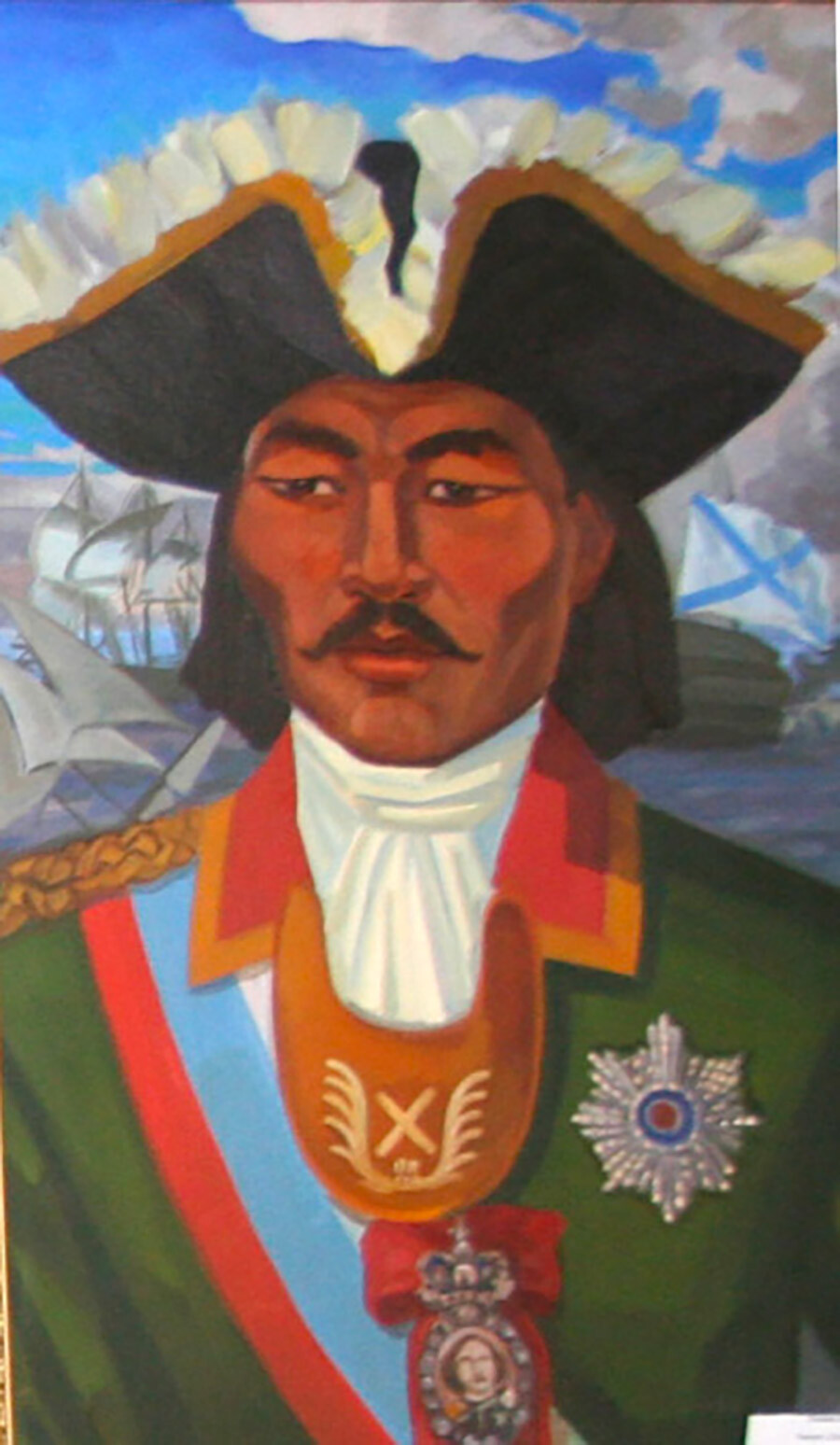
Denis Kalmykov really studied navigational art, translated English maritime regulations and charters, taught the midshipmen, invented general signals - a system of information exchange by means of flags for ships, was the chief commander of the Kronstadt port and rose to the rank of Rear Admiral.
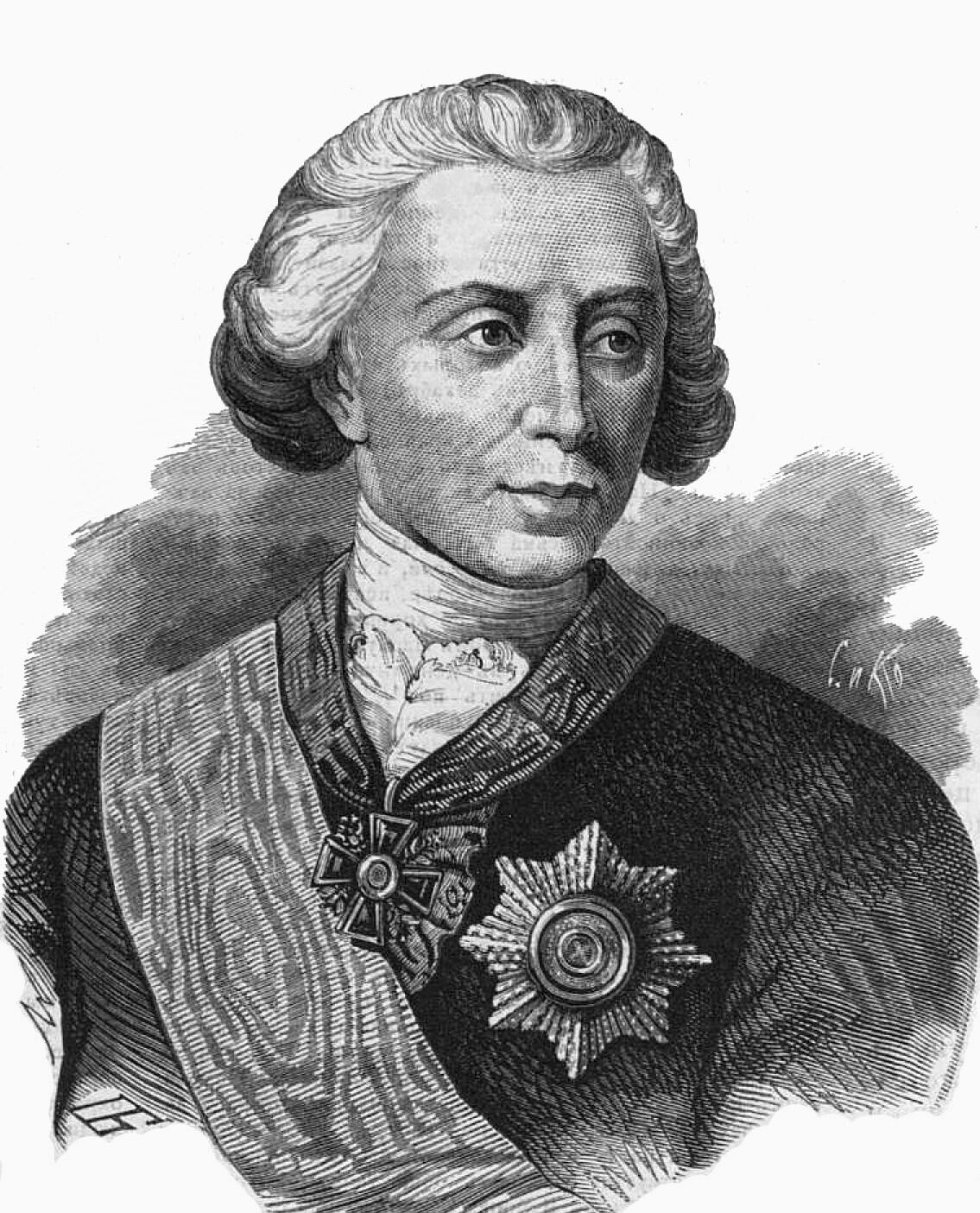
Peter paid great attention to maritime affairs: those who tried to sit out on land were severely punished. The critics, meanwhile, believed the tsar should not be a carpenter. Peter wanted to execute them and only the intervention of the Dutch authorities saved their lives. But, diligent students made good careers. For example, Ivan Neplyuev from the St. Peteburg Naval Academy went to Revel and then to Venice and Cadiz, participated in the Turkish-Venetian war and was commander of ships built in St. Petersburg. Later, Neplyuev founded the fortresses from which Orenburg and Magnitogorsk grew.
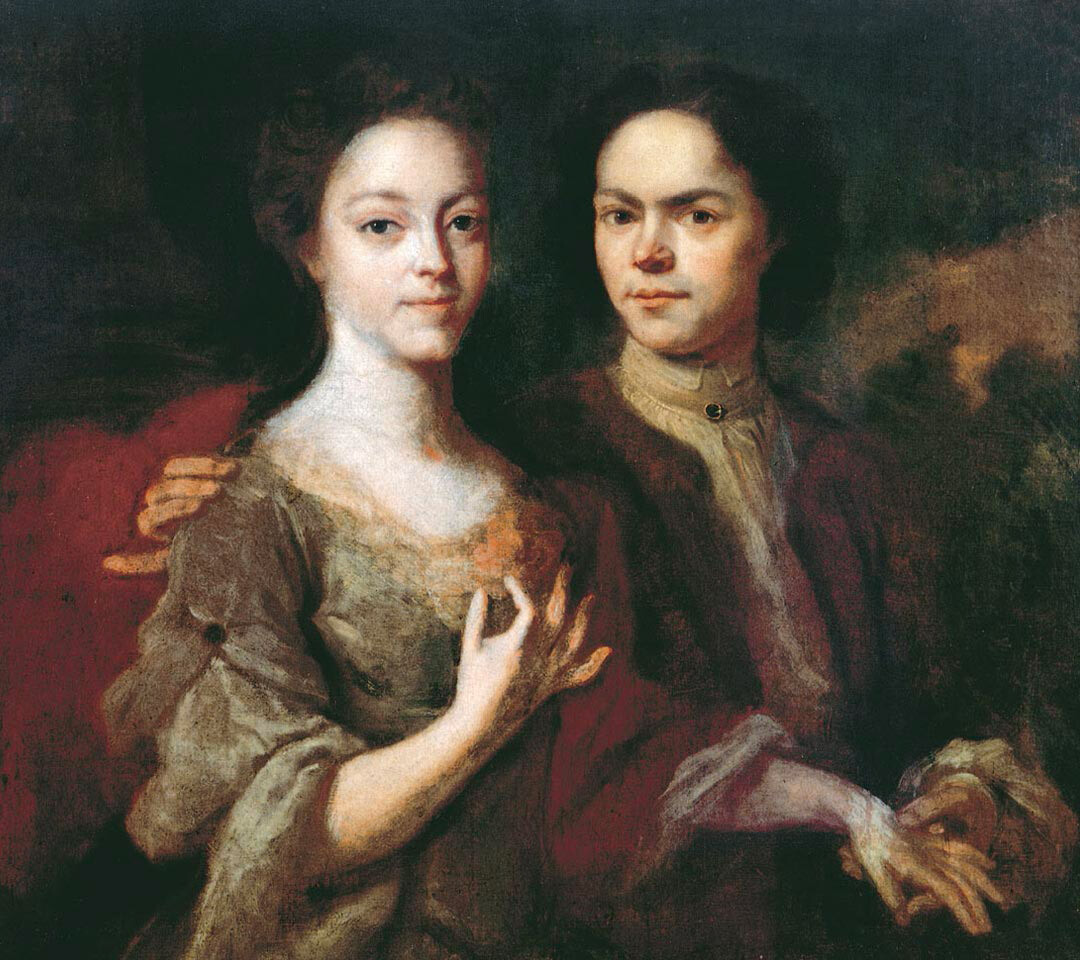
People were sent to Europe to study not only the exact sciences, but also to search for a new artistic language. One of the most famous painters of that time was Andrei Matveev. He studied in the Netherlands with Arnold Bonen, then at the Antwerp Academy of Arts. Returning to Russia in 1727, he worked in the St. Petersburg Chancellery of Buildingspainting team. He was the first Russian artist on record to paint secular portraits and self-portraits. And he was also the first to decide not to decorate churches with frescoes, but with paintings, and painted ‘Fomin's Assurance’, ‘Prayer of the Cup’, ‘Last Supper’ and ‘Ascension of the Lord’ for the Peter and Paul Cathedral.
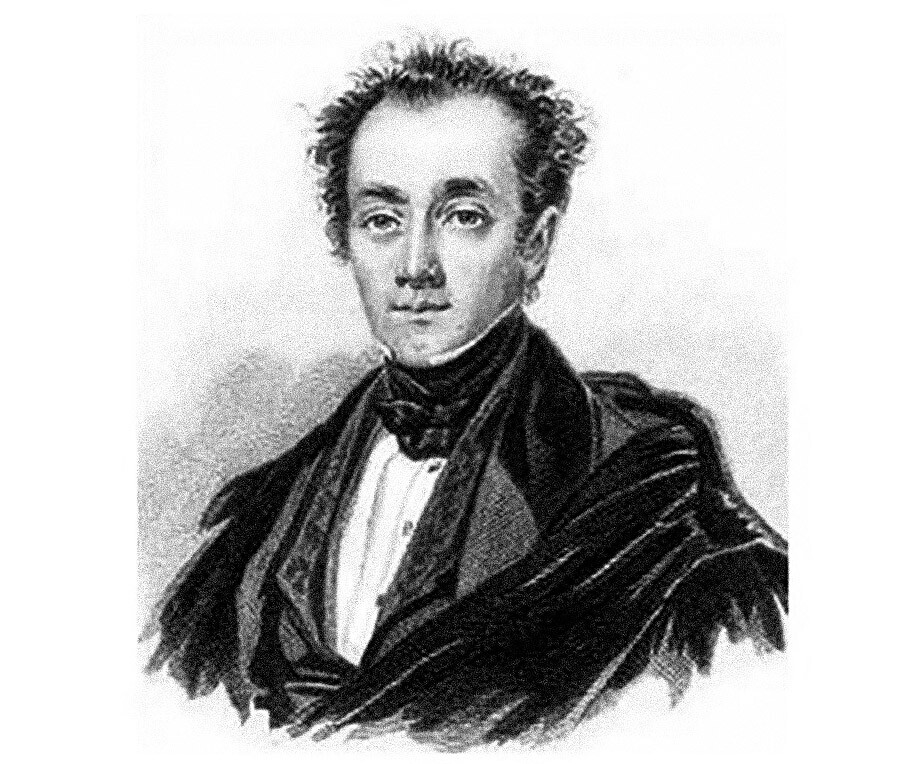
In addition to maritime science, Peter I’s students studied economics, medicine and other sciences. For example, Peter Postnikov, a graduate of the Slavic-Greco-Latin Academy, studied medicine in Padua and became the first Russian certified doctor. He served in the Apothecary's Office and was the first translator of the Koran into Russian.
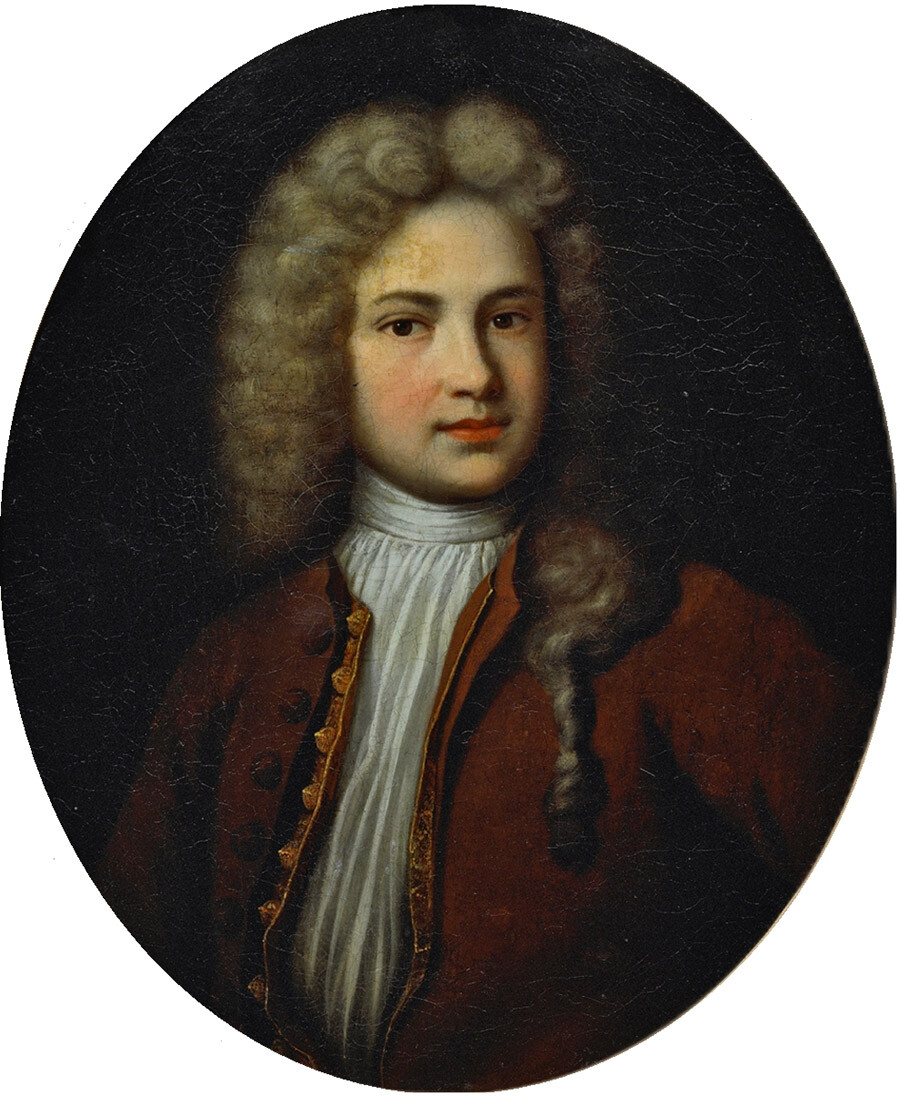
Peter sent Yakov Yevreinov to the Netherlands to study commerce - he served as consul and diplomatic agent and, on his return to Russia, he first became an adviser to the Manufacture Board (which was responsible for the development of industry) and then headed the Commerce Board, which oversaw trade.
Dear readers,
Our website and social media accounts are under threat of being restricted or banned, due to the current circumstances. So, to keep up with our latest content, simply do the following:
If using any of Russia Beyond's content, partly or in full, always provide an active hyperlink to the original material.
Subscribe
to our newsletter!
Get the week's best stories straight to your inbox